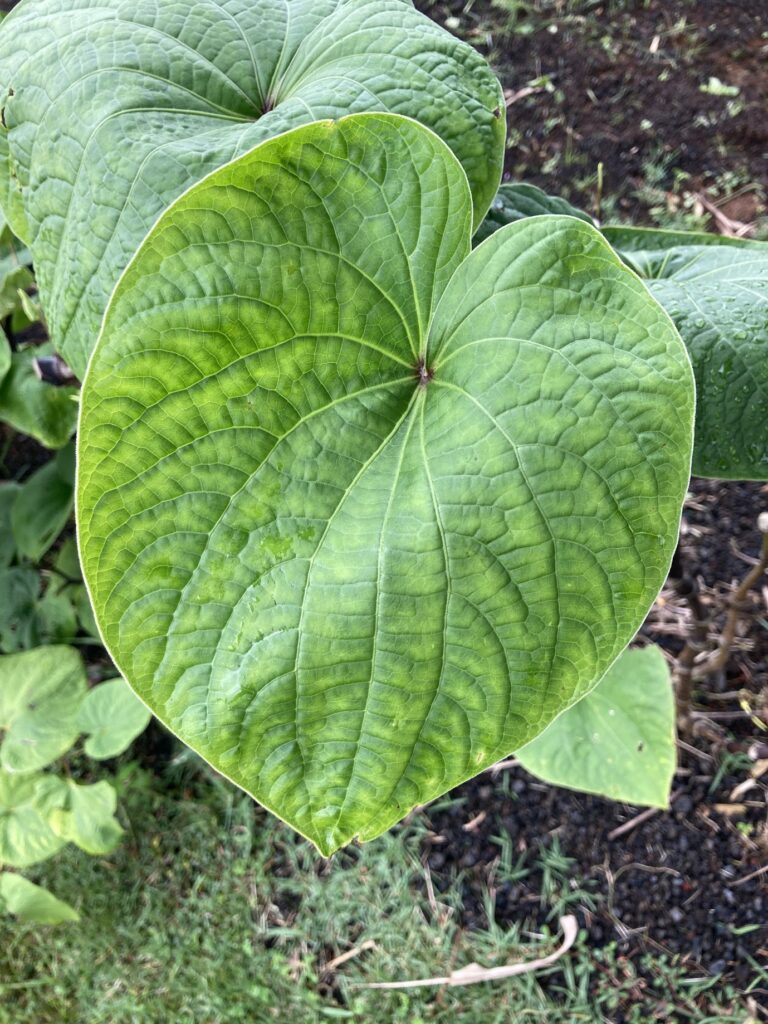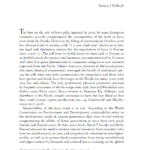Summary of: De-Mythologizing and Re-Branding of Kava as the New ‘world Drug’ of Choice. By Dr. Apo Aporosa. 2019

Citation: Aporosa, S. Apo. 2019. “De-Mythologizing and Re-Branding of Kava as the New ‘world Drug’ of Choice.” Drug Science, Policy and Law 5 (January): 2050324519876131. https://doi.org/10.1177/2050324519876131.
Fast Summary:
- The document discusses the cultural context, misconceptions, and re-branding of kava, a traditional Pacific Island drink. It explores the history, legal status, and potential health effects of kava, as well as the media’s role in shaping perceptions.
Full Summary:
Introduction
The paper challenges the historical denigration of kava and aims to demystify its characterization. It examines the origin of the kava drink, its usage in traditional contexts, and the negative portrayal of kava from the time of Captain James Cook to the present. The paper also considers myths surrounding kava, such as its potential to cause liver damage, induce drunkenness, incapacitate users, and lead to addiction.
A Brief Outline of Kava’s Psychoactive and Medicinal Properties
Kava, known by various names like yaqona, sakau, ‘ava, ‘awa, is a traditional beverage prepared by cold water extraction of the ground organs of the plant Piper Methysticum. It is regulated as a ‘food’ in some countries like New Zealand.
Re-branding Kava – 21st Century Myth Making
Almost two decades ago, a prediction was made that kava would become a ‘world drug,’ possibly an ‘ethnic Valium or alcohol.’ This prediction seems to be becoming a reality, with kava trending in bars in the USA and other countries. However, increased use has spawned new myths, including sensational news headlines that kava can ‘kill.’
Misreporting and Misrepresentation
The paper highlights the misreporting of kava facts in peer-reviewed publications, making it difficult to distinguish fact from fiction. Misreporting has been unhelpful for doctors and pharmacists who are often the first point of information for those seeking knowledge on new medicine safety and use.
Conclusion
The article looks at the history of kava use in the Pacific, its variation across the diaspora, and how it may have many medicinal applications. While traditionally part of rites of passage, kava is still mythologized by many. Medical evidence is clear that kava is non-alcoholic, non-addictive, does not cause liver failure, and has not been the direct cause of any fatalities for the past 10 years worldwide. This contrasts with the statistics for tobacco and alcohol, which cause many thousands of mortalities each year.
Additional Notes
- Cultural Sensitivity: The paper emphasizes the cultural significance of kava in the Pacific Islands.
- Complex Legal Landscape: Kava’s legal status varies widely across countries.
- Media Misrepresentation: The role of media in shaping misconceptions about kava is highlighted.
- Potential Health Risks: While arguing that kava is generally safe, the paper acknowledges specific cases where misuse led to health issues.
- Rebranding Efforts: The focus on re-branding kava as a safe and desirable alternative to other substances may interest those studying marketing, public relations, or cultural shifts in substance use.
Declaration of Conflicting Interests
The author declares no substantial conflicts of interest, except that he is of Fijian ancestry, frequently uses kava as part of his culture, and has previously farmed kava in rural Fiji.
Funding
The research was supported by the New Zealand Health Research Council under two Pacific post-doctoral awards.
The paper provides a comprehensive analysis of kava, challenging myths and misconceptions, and highlighting its potential as a safe alternative to conventional drugs. It emphasizes the need for accurate reporting and understanding of kava’s properties, reflecting a growing interest in natural products less harmful than traditional recreational drugs. The paper concludes with a positive outlook on kava’s future as the new ‘world drug’ of choice, valued not only for its calming effects but also for its array of medicinal benefits.




